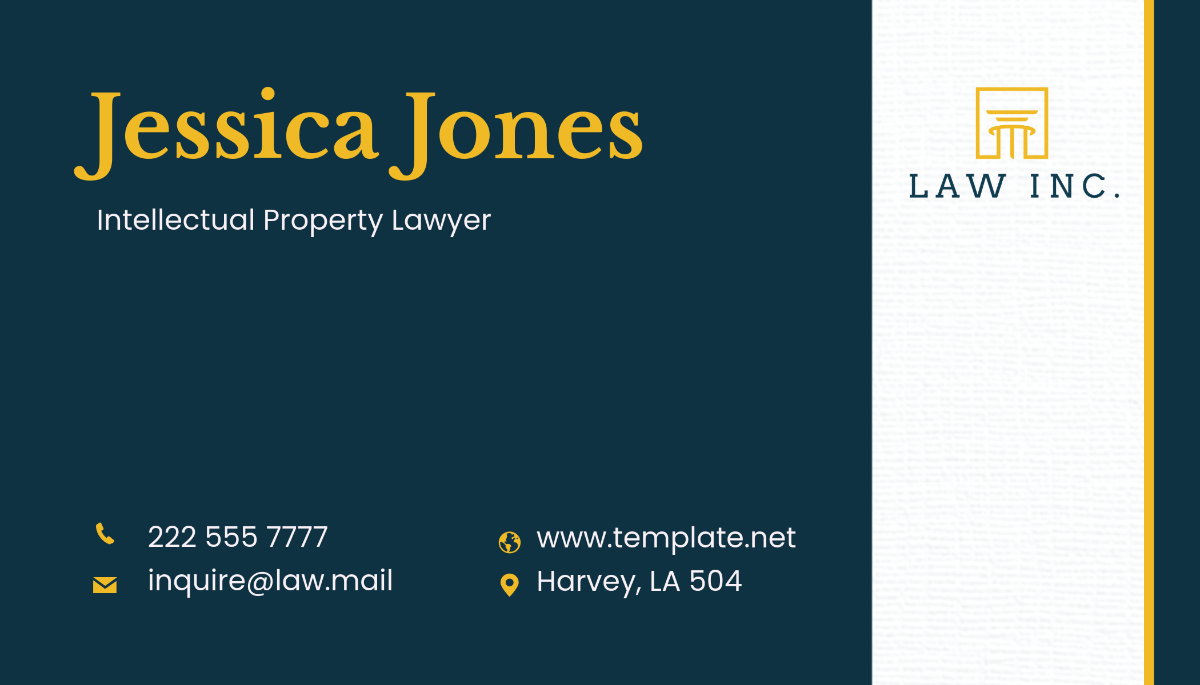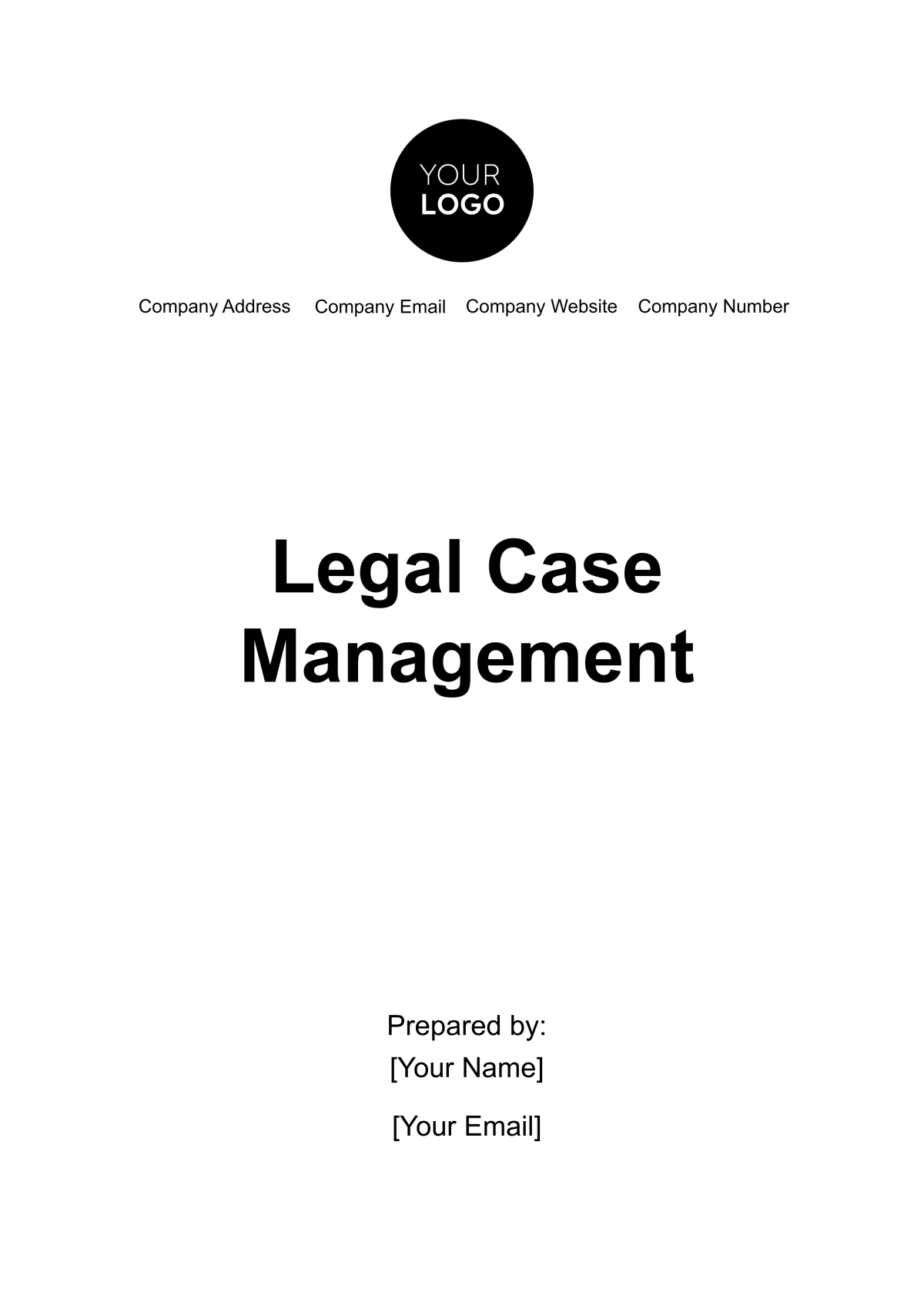Requirements for Labor Relation
Prepared By: [YOUR NAME]
Date: [DATE]
I. Introduction
The Labor Relation Requirements document outlines the necessary criteria, conditions, and guidelines to manage labor relations effectively within an organization. This document aims to provide a comprehensive framework for handling all aspects of labor relations, including policies, procedures, compliance standards, and best practices.
II. Scope
This document is relevant to all departments and hierarchical levels within the organization involved in overseeing and managing labor relations, covering topics such as labor law compliance, interactions with labor unions, employee negotiations, conflict resolution strategies, and employee rights.
III. Legal and Regulatory Compliance
The organization must comply with all relevant labor laws and regulations. This includes but is not limited to:
Fair Labor Standards Act (FLSA): The FLSA establishes the federal minimum wage, sets standards for overtime pay, requires recordkeeping, and regulates youth employment to prevent exploitation and ensure safe working conditions for minors.
National Labor Relations Act (NLRA): The NLRA guarantees employees the right to organize, join unions, and engage in collective bargaining, promoting fair labor practices and protecting workers’ rights to participate in concerted activities.
Occupational Safety and Health Act (OSHA): OSHA ensures workplace safety by setting and enforcing standards, requiring employers to maintain hazard-free environments, and mandating inspections and injury reporting.
Americans with Disabilities Act (ADA): The ADA prohibits disability discrimination and requires employers to provide reasonable accommodations, ensuring equal employment opportunities for individuals with disabilities.
Family and Medical Leave Act (FMLA): The FMLA allows eligible employees to take unpaid, job-protected leave for family and medical reasons, including childbirth, adoption, or serious health conditions, without risking their job.
IV. Union Relations
Clear guidelines must be established for interactions and negotiations with unions:
Recognition of Union Representatives: Acknowledge and formally recognize union representatives for bargaining and communication purposes.
Scheduling of Negotiation Meetings: Routine meetings with union representatives to discuss employment terms, resolve issues, and negotiate agreements.
Documentation of Agreements: All agreements reached during negotiations will be documented and signed by authorized representatives from both parties.
Adherence to Collective Bargaining Agreements: Ensure compliance with the terms outlined in collective bargaining agreements.
V. Employee Rights and Responsibilities
Employee's Rights | Employee's Responsibilities |
|---|---|
|
|
VI. Grievance Procedures
The steps for handling employee complaints and disputes are as follows:
Submission of a Formal Grievance Form: Employees should fill out and turn in the Grievance Report Form, accessible via the company intranet or the HR department.
Initial Review by HR Department: The HR department will thoroughly review the submitted grievance form to identify the best and most effective way to resolve the issues mentioned.
Investigation and Fact-Finding: HR will investigate the grievance by gathering information, interviewing relevant parties, and reviewing evidence.
Mediation and Resolution: The HR department aims to manage mediation sessions to address and resolve the complaint by facilitating discussions between the involved parties and suggesting possible solutions.
Final Decision and Documentation: A final decision will be made and documented, with communication sent to all involved parties.
VII. Negotiation Procedures
Effective collective bargaining and negotiation procedures include:
Preparation and Preliminary Discussions: HR prepares for negotiations by reviewing current agreements, consulting stakeholders, and setting negotiation objectives.
Submission of Proposals and Counter-Proposals: Proposals are submitted and discussed, with each party presenting their positions and negotiating terms.
Negotiation Sessions: Conducted in a series of meetings where both parties negotiate in good faith, aiming to reach a mutually acceptable agreement.
Drafting of Agreements: Agreements are drafted and reviewed by both parties before final approval.
Ratification and Implementation: Finalized agreements are ratified by both parties and implemented as per the agreed terms.
VIII. Training and Development
Consistent training is essential for HR and management to stay updated and perform efficiently, contributing to the organization's success.
Labor Laws and Regulations: Regular, comprehensive training sessions on the most recent labor laws, compliance standards, and industry best practices should be held consistently.
Conflict Resolution Techniques: Training on resolving conflicts effectively and maintaining a harmonious work environment.
Negotiation Skills: Enhancing one's skills in the areas of negotiation and bargaining to achieve outcomes that are significantly favorable and beneficial.
Diversity and Inclusion Training: Programs focused on promoting diversity, equity, and inclusion within the workplace.
IX. Monitoring and Evaluation
Methods for assessing compliance and effectiveness include:
Regular Audits of Labor Practices: Conduct thorough and methodical reviews to confirm compliance with all labor policies and legal standards.
Employee Feedback Surveys: Collecting feedback from employees regarding labor relations, workplace conditions, and satisfaction.
Review of Grievance and Resolution Records: Perform a comprehensive review of grievance logs to detect patterns and determine particular areas needing enhancement.
Performance Metrics and Reporting: Tracking key performance indicators related to labor relations and reporting on outcomes.
X. Appendices
Grievance Form Template: Available on the company intranet for employees to document and submit grievances clearly and systematically.
Sample Collective Bargaining Agreement: Accessible through the HR department, providing a reference for typical union agreements and terms.
Links to Relevant Labor Laws and Regulations: Found on the company’s compliance resources page, offering updated information on labor laws at all levels.
Contact Information for Union Representatives: Provided by the HR department for easy access to union representatives for inquiries and support.

















































